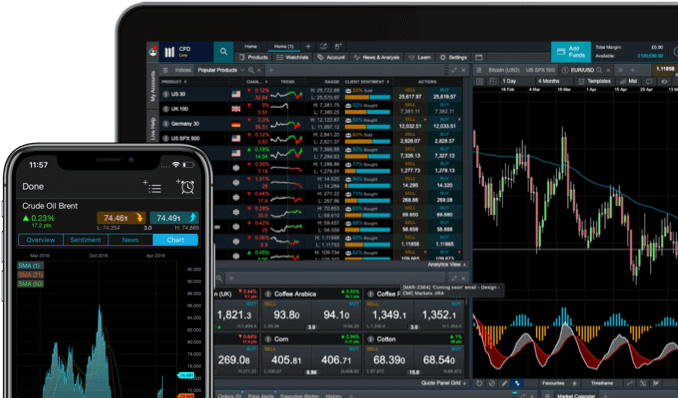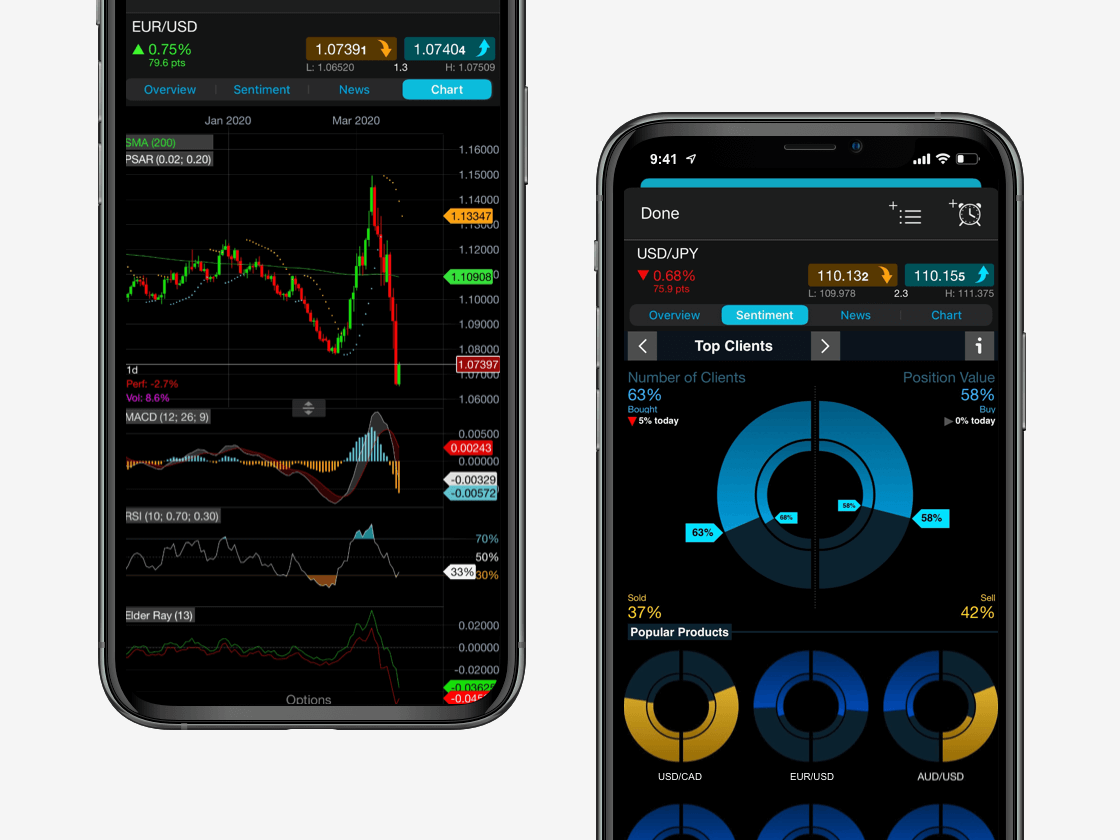The analysis of gearing ratios is a very important aspect of fundamental analysis. Gearing ratios can differ tremendously between industries, so it is often best practice to compare gearing ratios to the industry average, as opposed to comparing companies from different industries or regions.
Please note that the use of debt for financing a firm’s operations is not necessarily a bad thing. The extra income from a loan can help a business to expand its operations, enter new markets and improve business offerings, all of which could improve profitability in the long term.
On the contrary, a business with an extremely low gearing ratio could not be taking expansion opportunities when interest rates are low, ultimately losing out on growth opportunities that their competitors may take. Therefore, gearing ratios are not a comprehensive measure of a business’s health and are just a fraction of the full picture. Make sure to use gearing ratios as part of your fundamental analysis, but not as a standalone measure and always utilise the ratios on a case-by-case basis.
Our Next Generation trading platform offers Morningstar fundamental analysis sheets, which provide quantitative equity research reports for many global shares. These sheets help to support your fundamental analysis strategy and can provide a guideline for measuring a company’s intrinsic value.




